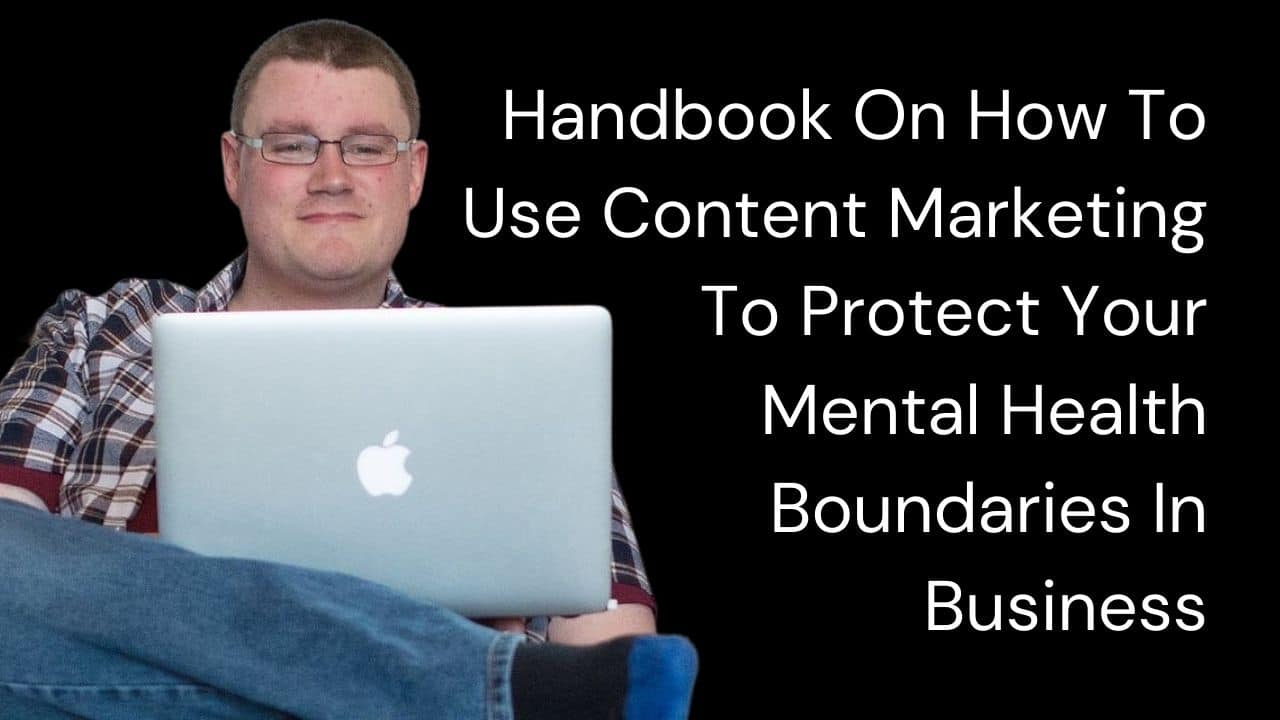As an Amazon Associate I earn from qualifying purchases.
As a small business owner, suffering debilitating full-body muscle spasms, Blackpool-based CEO, Martin Huntbach, was told by doctors that he needed psychological help with managing his work stress.
[1] In 2020/21 stress, depression or anxiety accounted for 50% of all work-related ill health cases.
[1] The main work factors cited by respondents as causing work-related stress, depression or anxiety were workload pressures, including tight deadlines and too much responsibility and a lack of managerial support (2009/10-2011/12).

During the height of Martin’s illness, specialists were concerned that he may be suffering the first signs of a neurological disease. His symptoms, called Myoclonus, are usually associated with Parkinson’s disease, Multiple Sclerosis or a brain tumour and at their worst, they caused Martin’s entire body to suffer involuntary muscle spasms as if being shocked with electricity.
With the spasms out of control and happening in meetings, on client calls and any time he was awake, the future for his business was looking bleak.
However, specialists were able to rule out neurological illness and advised Martin that his symptoms were actually a very violent and physical reaction to stress. And it was this discovery and subsequent healing process that led Martin to develop a brand new way of working – a strategy he has since started teaching others in his book, The Content Fortress.

The Strategy
Martin is a digital marketing specialist and CEO of his own business, Jammy Digital. The pressures of running a business meant that he had no free time, he was dealing with the wrong clients, taking calls after hours and this was a ‘make or break’ situation
Martin explains: “My psychological therapy helped me manage my symptoms and stress but I realised that I shouldn’t just ‘manage’ – I wanted to prevent the stress, not just manage it.
My wife, Lyndsay, is my business partner. She and I spoke about it and we realised that because we’d used content marketing to grow our business, we could use it to repel problem clients. Could we use it to get a better work-life balance?
So every time we encountered an issue in our business we decided to write about it.
As an example of a typical problem we would encounter – we’d often be asked to pitch new ideas for work. We’d spend ages preparing a pitch and giving our ideas away for free, meaning time away from our paying clients. And often we wouldn’t get the job. So we published a blog post ‘why we don’t pitch for projects’ which explained why we didn’t do it. And we landed clients without having to pitch!”
The Content Fortress

The Content Fortress is the ultimate guide on using content marketing to repel unwanted clients as much as it is about attracting the dream ones.
And what is the fortress? It’s about using your content to act as your team of staff:
1. Your best salesperson.
2. Your knowledgeable customer service advisor.
3. Your bodyguard – protecting your time and your mental health from bad-fit clients.
Three Steps
Here are three simple steps you can take to ensure that your content is doing the heavy lifting for you:
1. Think of the last thing that didn’t quite go to plan in your business. Perhaps a client tried to haggle you on price and you felt a bit awkward? Perhaps you were expected to respond to emails or messages after your work hours? Perhaps you took on more work than you initially agreed to do and were undercharged?
2. Whatever it is, now think of a piece of content you could create to prevent that from happening again. Something you could send to people when they make this request. For example, this could be ‘Why I don’t discount my prices’ or ‘What’s my process and how/when will I communicate with you?’ or ‘Why the cost of your project might go up.’
3. Create that content publically. It’s important to create public content because people don’t care what you say, they care what you publish. As soon as you send them public content, they understand that your rules or boundaries are ‘company-wide’ and not something personal to them. It takes the awkwardness out of it all.
You can write a blog post or shoot a video, whichever method you prefer!
And repeat! Every time you encounter a slight problem use this method.
Find The Content Fortress by Martin Huntbach and Lyndsay Cambridge:
The Content Fortress is available from Amazon from £7.99 on Kindle and £12.99 paperback or via Jammy Digital: https://jammydigital.com/
We strive to keep The Table Read free for both our readers and our contributors. If you have enjoyed our work, please consider donating to help keep The Table Read going!
Amazon and the Amazon logo are trademarks of Amazon.com, Inc, or its affiliates.

